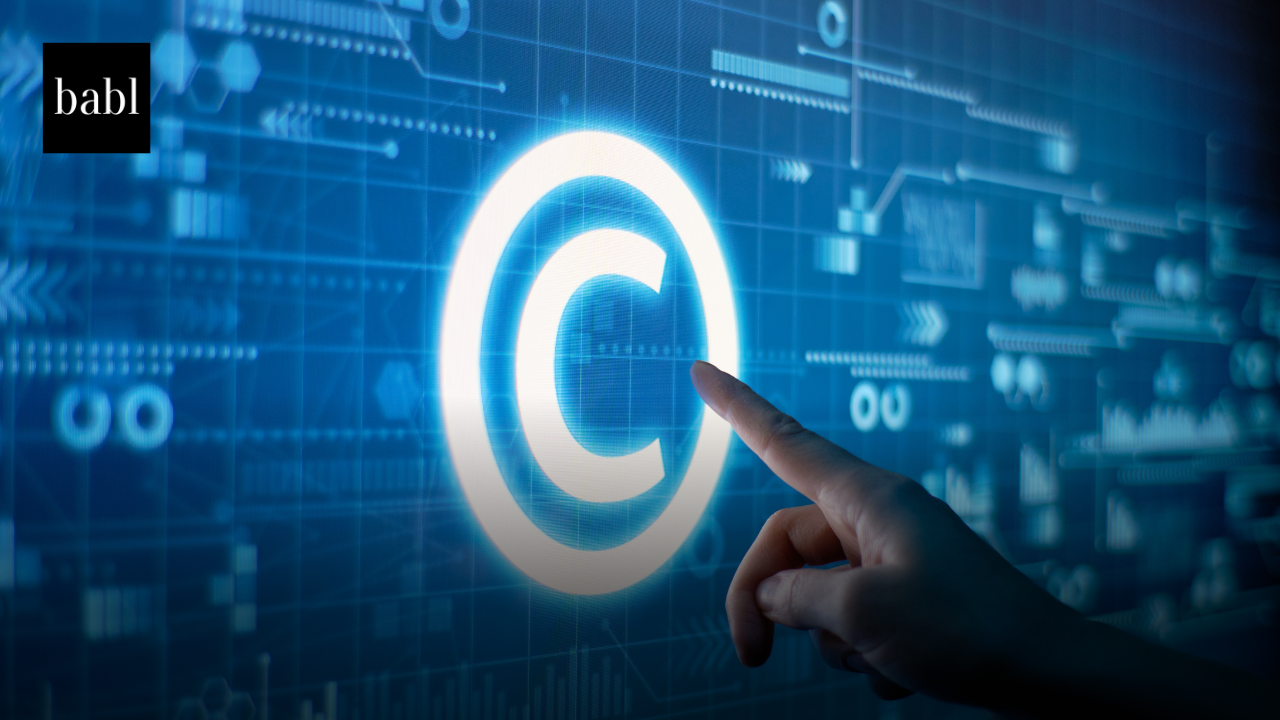A sweeping new report from the European Union Intellectual Property Office (EUIPO) is offering the most comprehensive analysis yet of how generative AI (GenAI) interacts with copyright law in the European Union. Released in May 2025, “The Development of Generative Artificial Intelligence from a Copyright Perspective” addresses the legal, technical, and economic implications of GenAI systems and outlines key solutions for rights holders, AI developers, and regulators navigating this rapidly evolving space.
At the core of the 400-page study is the question of how copyright-protected works—like text, images, music, and video—are used to train GenAI systems. Training these models often involves large-scale text and data mining (TDM), which implicates exclusive reproduction rights under EU law. The Copyright in the Digital Single Market (CDSM) Directive offers limited exceptions for TDM, but allows rights holders to “opt out” of these exceptions through machine-readable means. Once an opt-out is in place, AI developers must obtain permission through direct licensing—a requirement that has already sparked numerous legal disputes and commercial negotiations.
The study identifies the EU’s dual legal foundation for regulating GenAI input and output: the CDSM Directive and the newly adopted EU AI Act. While the CDSM sets the terms for using protected works in training, the EU AI Act mandates that general-purpose AI providers disclose training data summaries and ensure GenAI output is machine-readable. This dual framework aims to balance innovation with rights protection, even as enforcement challenges persist.
To that end, the EUIPO AI study catalogs an array of tools used to reserve rights or signal copyright restrictions. These include legal mechanisms like website terms and licensing contracts, and technical tools such as the Robots Exclusion Protocol, TDM Reservation Protocol, and C2PA metadata. However, none of these solutions currently guarantee enforcement, and the fragmented landscape has prompted growing calls for standardization. The study suggests that public institutions could step in to provide technical infrastructure and awareness-building support.
On the output side, the report explores transparency tools to help identify GenAI-generated content. Techniques such as watermarking, provenance tracking, and AI-content detection tools (like StyleGAN3-detectors for images and Deezer’s methods for audio) are being developed to comply with the EU AI Act’s requirements and to address concerns about content “regurgitation” and plagiarism. Yet, as with training data, there’s no single standard in place.
Legal uncertainty remains a major theme. Although the report notes that courts are beginning to weigh in—most notably in a German case against dataset provider LAION—many questions about copyright liability in the GenAI era remain unresolved. At the same time, rights holders are increasingly turning to licensing deals to monetize their content, especially in sectors like publishing and journalism, where tools like retrieval-augmented generation (RAG) present new commercial opportunities.
The report concludes by urging greater cooperation among stakeholders and suggesting the creation of a centralized EU Copyright Knowledge Centre by the end of 2025. The Centre would serve as a hub for practical guidance, rights-reservation tools, and collaborative dialogue between rights holders, developers, and policymakers.
Need Help?
If you have questions or concerns about any EUIPO AI guidelines, regulations and laws, don’t hesitate to reach out to BABL AI. Their Audit Experts can offer valuable insight, and ensure you’re informed and compliant.





